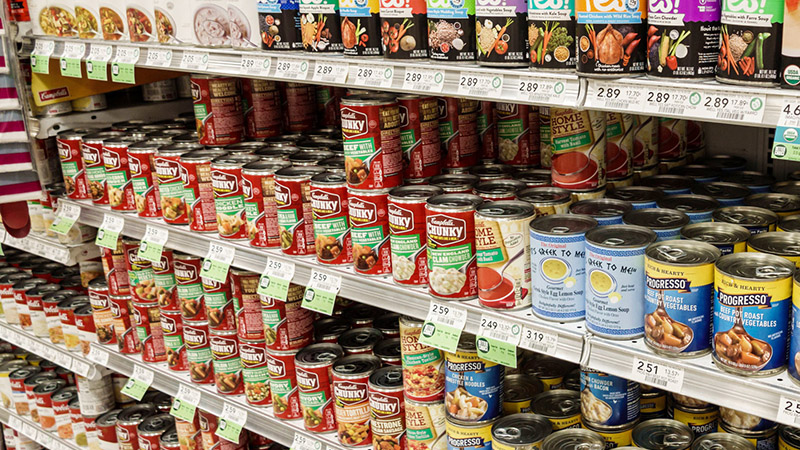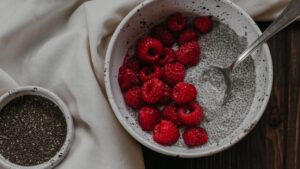
Your salt shaker is the least of it! Find out where this mineral really hides in your food.
Even if you don’t salt your food, you might be getting too much sodium. Most Americans do, taking in more than double what they should. The number-one source of this mineral: packaged and processed foods—77% of sodium in Americans’ diets come from these. See the sneakiest offenders below. (And aim for less than 2,300 mg of sodium a day if you’re under age 50; 1,500 if you’re over that.)

Low-fat foods
When manufacturers cut back on fat, they compensate for flavor by adding more salt (and often sugar, too). A “healthy” lunch with a cup of low-fat cottage cheese (918 mg) and a green salad tossed with “light” salad dressing (430 mg) totals more than half your sodium for the day.
Breakfast foods
Check the box: Cereals seem sweet but can be amazingly salty. Even a single bowl of seemingly virtuous bran cereal can have 250 mg of sodium in each bowl. Packaged pancake mix is an even bigger offender, with 600 mg per serving.
Condiments
You might expect that dousing your sushi in a tablespoon of soy sauce gets you 920 mg of sodium. But here’s the surprise: “Less sodium” soy sauce weighs in with a hefty 525 mg. Even ketchup gets in on the sodium act with 160 mg per teaspoon. Mustard’s no saint, either, dosing up 130 mg per teaspoon.
Spaghetti sauce
You might be dishing out more than 500 mg in a half-cup serving, if you use the stuff from the jar. (And really, who has just a half-cup serving?)
Soup
Whip it up from the can and you have an instant, soothing meal—and probably a lot more sodium than you bargained for: A cup of chicken noodle soup comes in at 790 mg, and even a “healthy” version can have more than 400 mg.
Vegetable juice
Just when vegetable juice from a can seemed like a savvy juice-trend choice, you catch sight of the label: 8 ounces has almost 500 mg of sodium —and only a fraction of the fiber you’d get from whole vegetables.
Flavor packets
These are pretty much synonyms for sodium. Boxed rice-pilaf mixes can tip the scales at 1,000 mg of sodium per serving (yikes!). Packaged ramen noodles are almost as bad, with more than 900 mg per serving—and that’s for half the packet.


